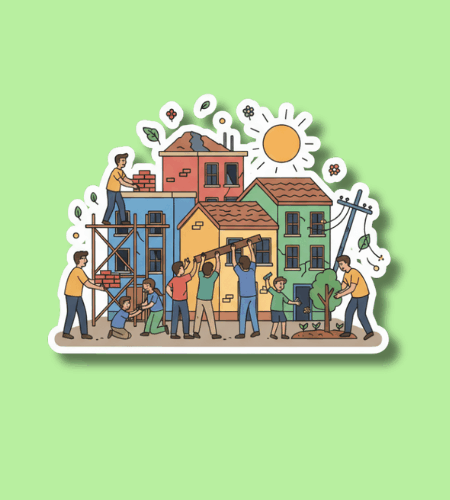International Day for Natural Disaster Reduction is observed on October 13 every year. It’s a global reminder of the importance of minimizing the impacts of natural hazards through awareness, planning, and community resilience.
Table of Contents
History of International Day for Natural Disaster Reduction
This day was established by the United Nations in 1989 and originally called the International Day for Natural Disaster Reduction. It was part of a broader initiative during the UN’s International Decade for Natural Disaster Reduction. The goal was to promote a culture of prevention over reaction. In 2009, the name was updated to International Day for Disaster Risk Reduction to reflect a broader scope, recognizing not just natural disasters but also man-made and climate-related risks.
Despite the name change in official UN language, many institutions and communities continue to refer to it as International Day for Natural Disaster Reduction, particularly when the focus is primarily on hazards such as floods, earthquakes, hurricanes, and droughts. The consistent date of October 13 serves as a platform each year for educational programs, awareness campaigns, drills, and initiatives that aim to reduce the loss of life and property.
Why is International Day for Natural Disaster Reduction important?
Natural disasters can strike anywhere, often with little warning. This day serves as an annual wake-up call for communities, governments, and individuals to assess their vulnerability and improve their preparedness. It helps shift the global focus from merely reacting to disasters to proactively reducing risk—through better infrastructure, planning, education, and early warning systems.
It also recognizes that disaster impacts are not evenly felt. Vulnerable populations—such as the poor, elderly, and those in disaster-prone areas—are often disproportionately affected. Observing this day encourages equitable planning and inclusive resilience strategies so that no group is left behind when disaster hits.
Some core reasons for the day include:
- Raising awareness about natural disaster risks and prevention
- Promoting proactive strategies like early warning systems and risk education
- Encouraging investment in resilient infrastructure and community preparedness
- Highlighting the need for inclusive disaster response planning
- Reinforcing the role of climate adaptation in disaster risk reduction
How to Observe International Day for Natural Disaster Reduction
You can start by learning about the natural risks in your area and making or reviewing a disaster plan. This includes knowing evacuation routes, having a ready emergency kit, and understanding local warning systems. Schools and workplaces can hold drills or informational sessions.
Community groups or local governments might organize clean-ups, resilience-building projects, or tree-planting activities that help mitigate certain risks like floods or landslides. Online, people can spread awareness through posts, infographics, or video explainers about how to reduce disaster risk. If you’re part of an organization, consider hosting a panel or workshop on disaster resilience and planning.
Here are a few practical ideas:
- Create or update your personal/family disaster plan and emergency kit
- Participate in or organize a disaster preparedness drill
- Learn about local hazard risks and mitigation strategies
- Share disaster risk reduction tips on social media
- Support resilience initiatives in vulnerable communities
International Day for Natural Disaster Reduction Dates Table
| Year | Date | Day |
|---|---|---|
| 2025 | October 13 | Monday |
| 2026 | October 13 | Tuesday |
| 2027 | October 13 | Wednesday |
| 2028 | October 13 | Friday |
| 2029 | October 13 | Saturday |
Subscribe to our newsletter and never miss a holiday again!

